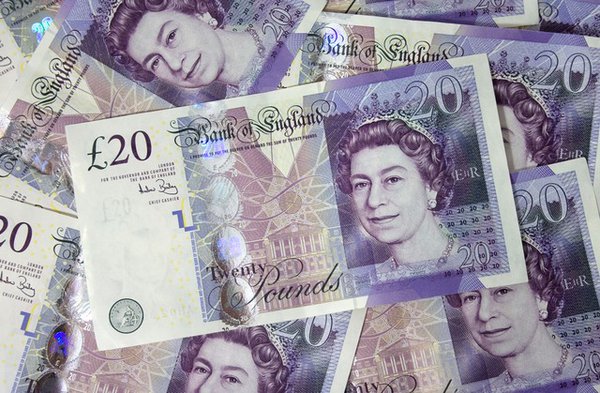 Investor profit-taking sent the British pound to a 2-week trough versus the euro and a 1-week low against the greenback. Currency strategists point out that the first quarter was very strong for sterling, and in spite of Tuesday's correction, there are still high expectations that the British currency will continue to appreciate in the near term. Strong fundamentals, as well as an aggressive rollout of the vaccine to combat COVID-19 by the British government, appear to be sound rationale for the upbeat outlook. Data show that, against the euro, the pound had recorded its best quarter in six years. News that the government is poised to reopen large sectors of the economy, specifically service-related industries, is also helping to keep the currency in favor.
Investor profit-taking sent the British pound to a 2-week trough versus the euro and a 1-week low against the greenback. Currency strategists point out that the first quarter was very strong for sterling, and in spite of Tuesday's correction, there are still high expectations that the British currency will continue to appreciate in the near term. Strong fundamentals, as well as an aggressive rollout of the vaccine to combat COVID-19 by the British government, appear to be sound rationale for the upbeat outlook. Data show that, against the euro, the pound had recorded its best quarter in six years. News that the government is poised to reopen large sectors of the economy, specifically service-related industries, is also helping to keep the currency in favor.
In London trading as of 10:53 am, the GBP/USD pair was trading higher at $1.3822, a gain of 0.0043%, sliding away from the session peak of $1.38408, while the low was recorded at $1.37718. The EUR/GBP was higher at 0.8597 pence, up 0.1351%; the pair has ranged from a trough of 0.85784 pence to a peak of 0.86251 pence.
EU Services Sector PMIs Help Push Euro Higher
In the Eurozone, the release of PMI data for the various services sectors, as well as the composite reports, have helped to push the euro higher. In Germany, which is the Eurozone's economic driver, the March Service PMI report came in higher than expected at 51.5; analysts had predicted the reading would be flat at 50.8. Similarly, France, the second largest economy, had an upbeat services sector report with the reading at 48.2 against an expected 47.8. Italy's PMI failed to meet expectations at 48.6, falling from a previous 48.8, while Spain's was much improved at 48.1, well above the 43.1 reading in the previous month. Overall, the EU PMI Service report was at 49.6, with analysts expecting to see the reading unchanged at 48.8. The EUR/USD was trading at $1.1883, a gain of 0.1095%.

